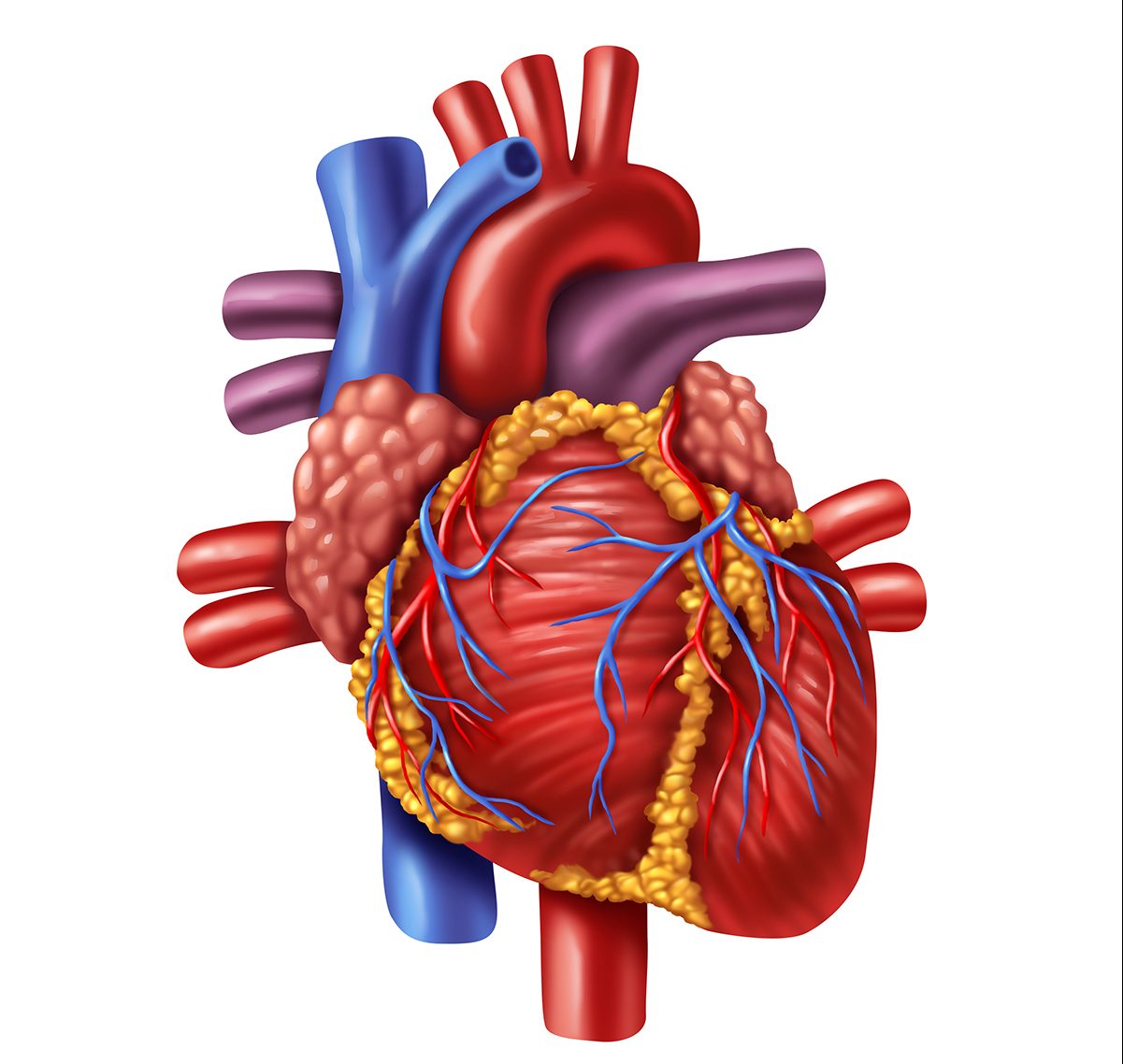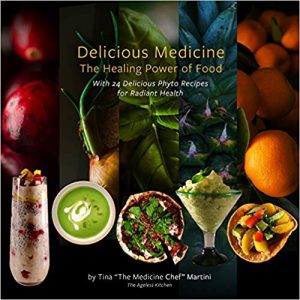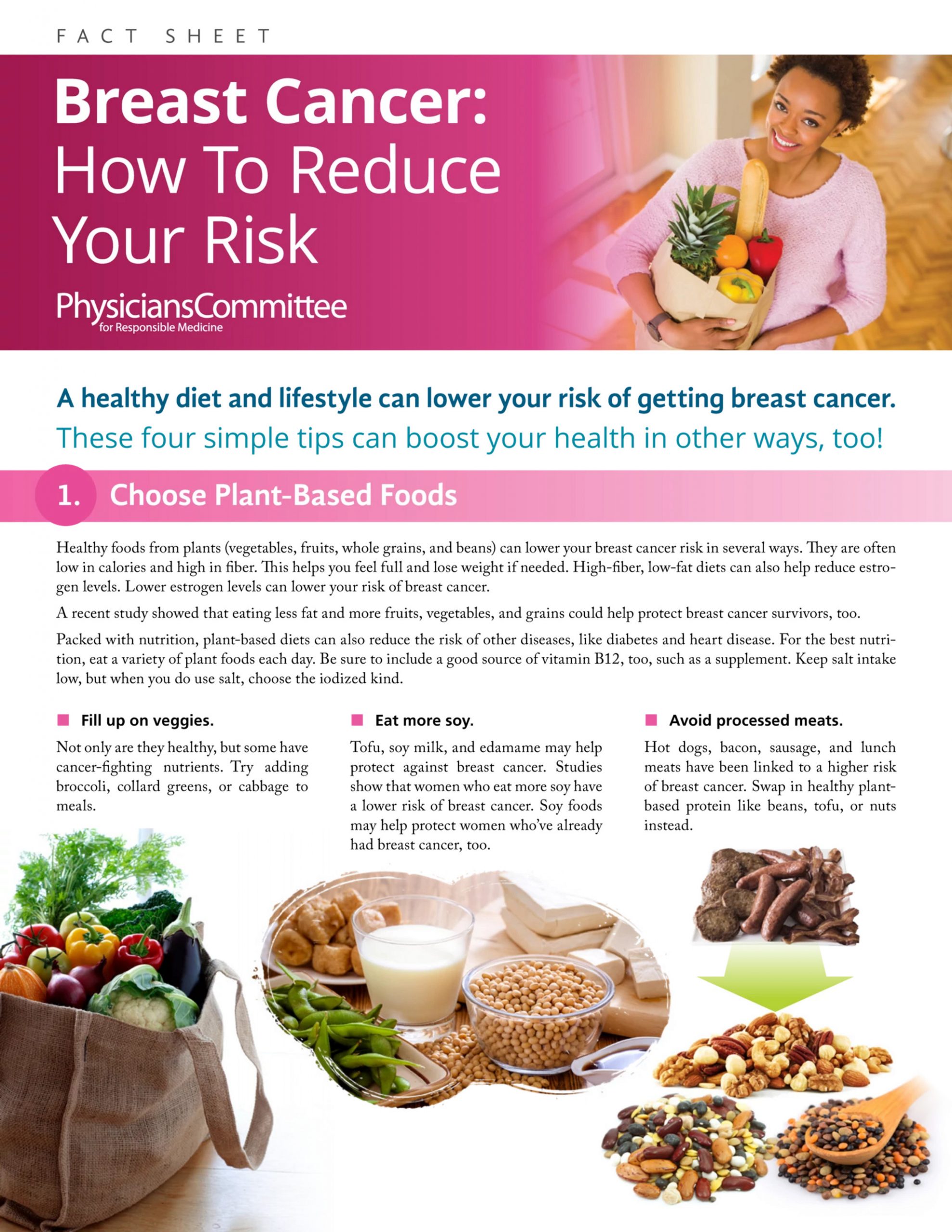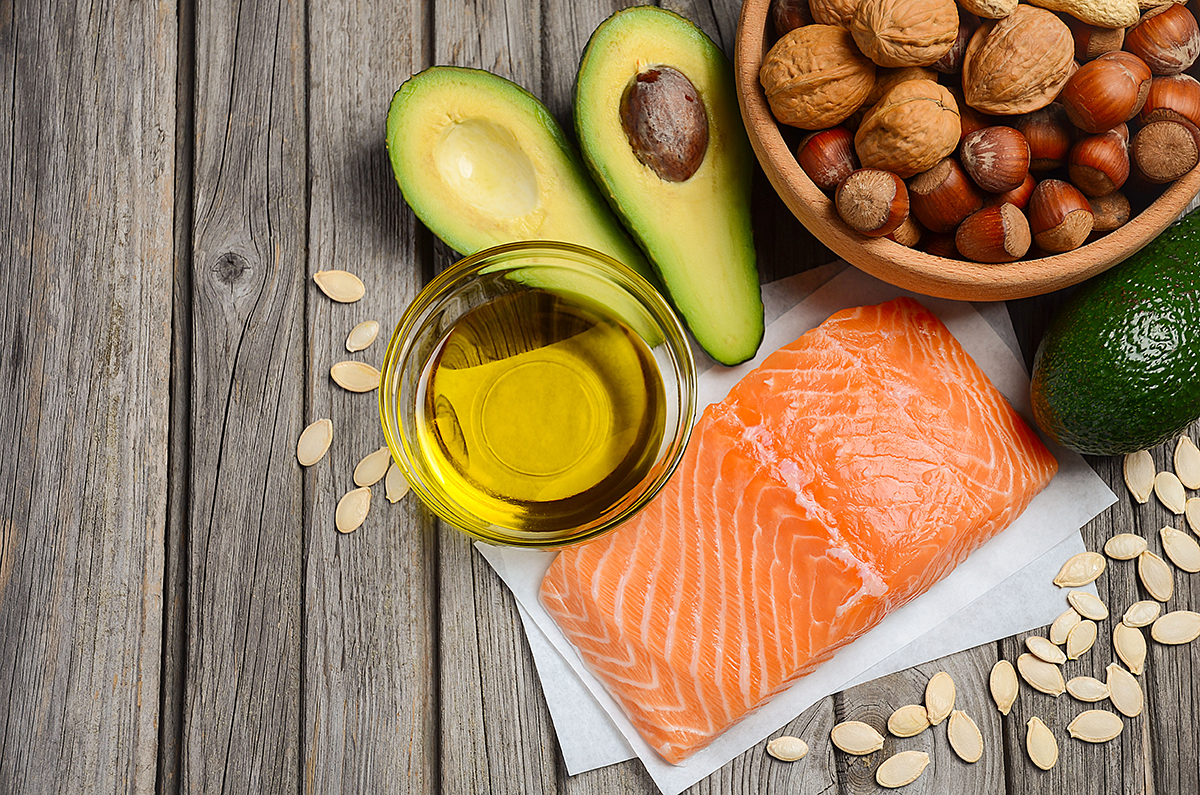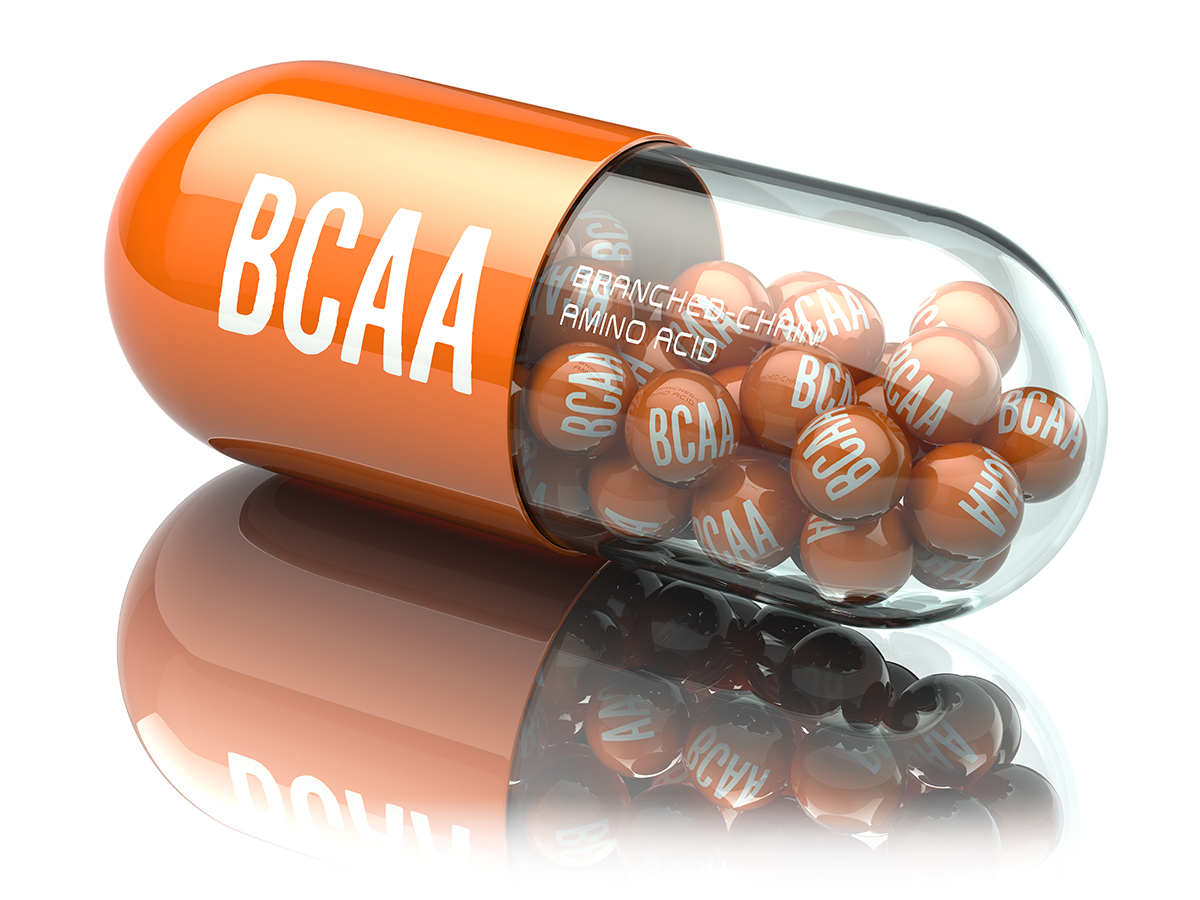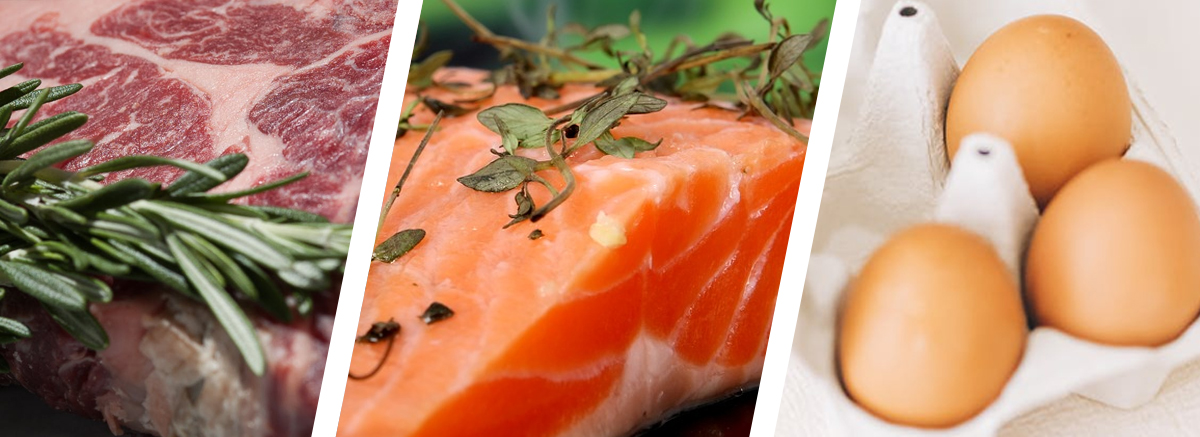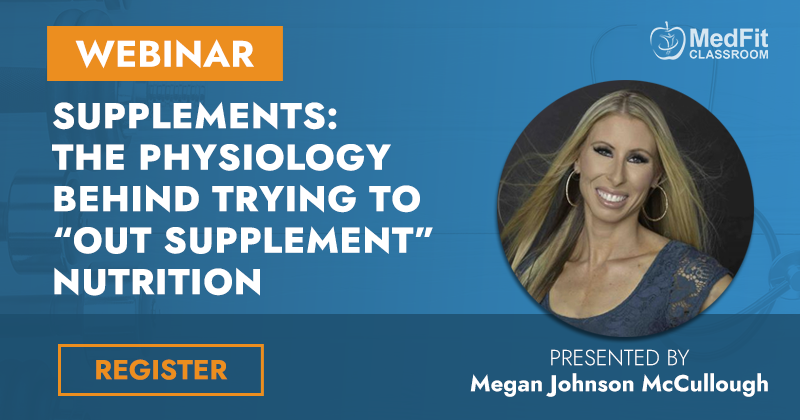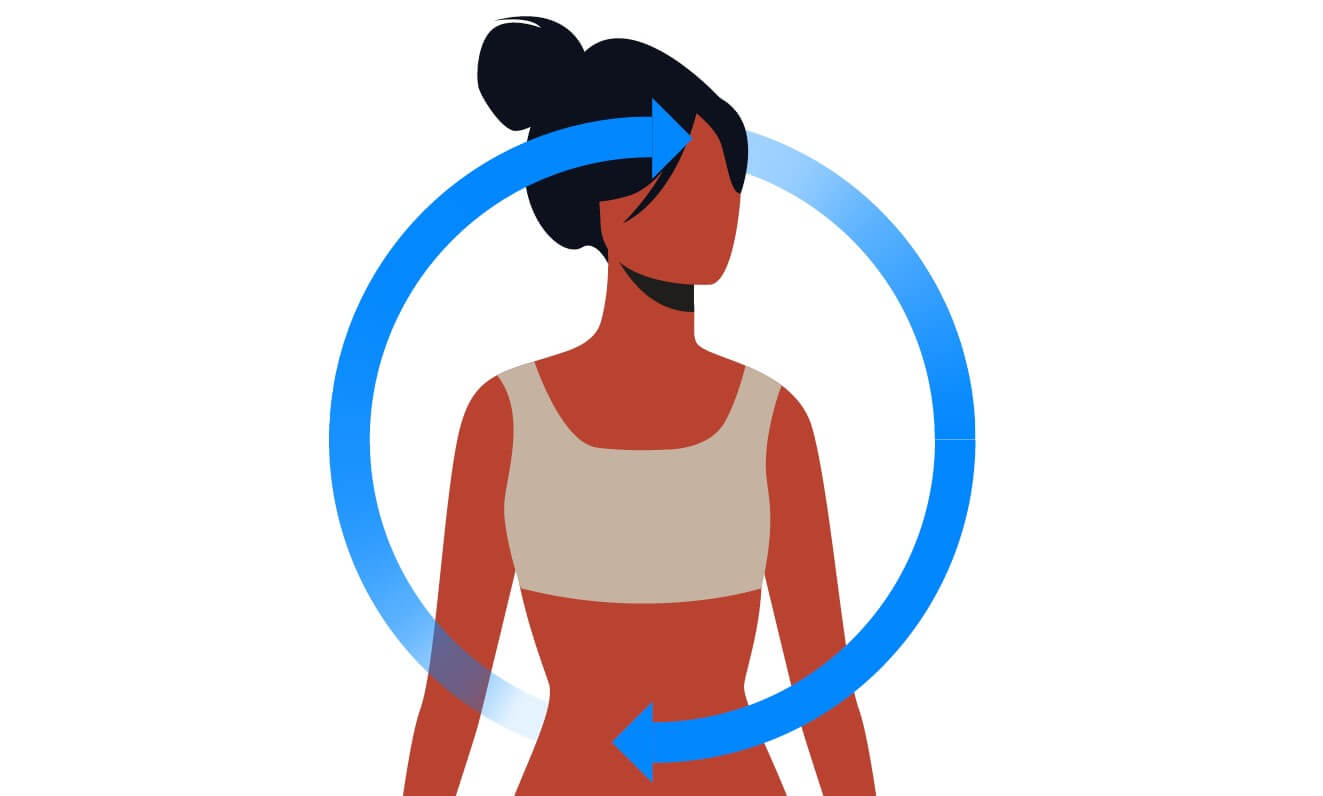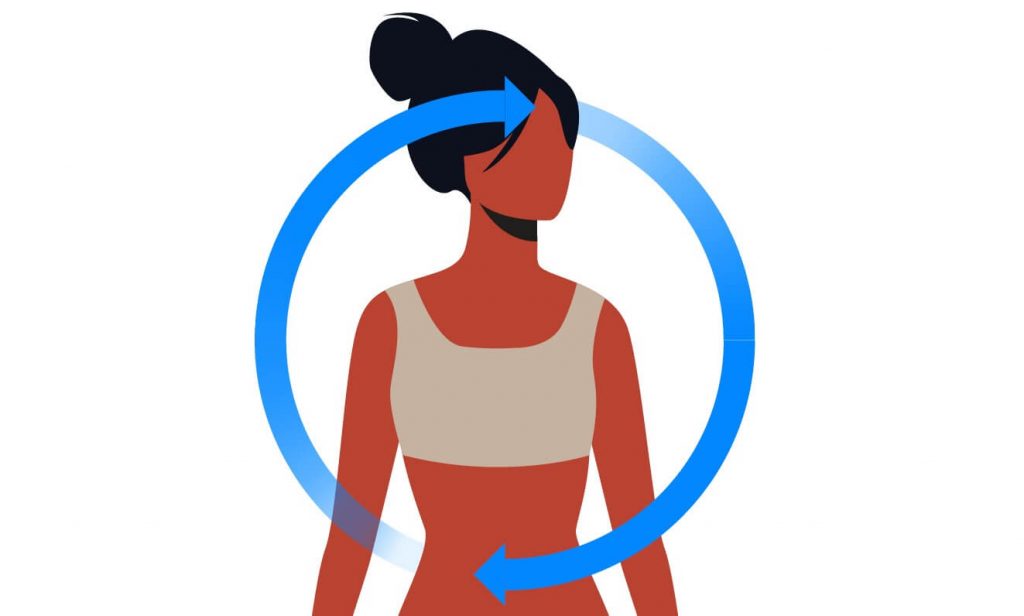Diet and Alzheimer’s Disease
Studies show that risk for Alzheimer’s Disease (AD) is greater in people who consume high amounts of cholesterol, saturated fat, and excess calories and low amounts of fiber, vegetables, and fruits. Just as saturated fat and cholesterol can build up in the blood vessels and form plaques, plaques in the brain compromise blood flow to important parts of the brain.



